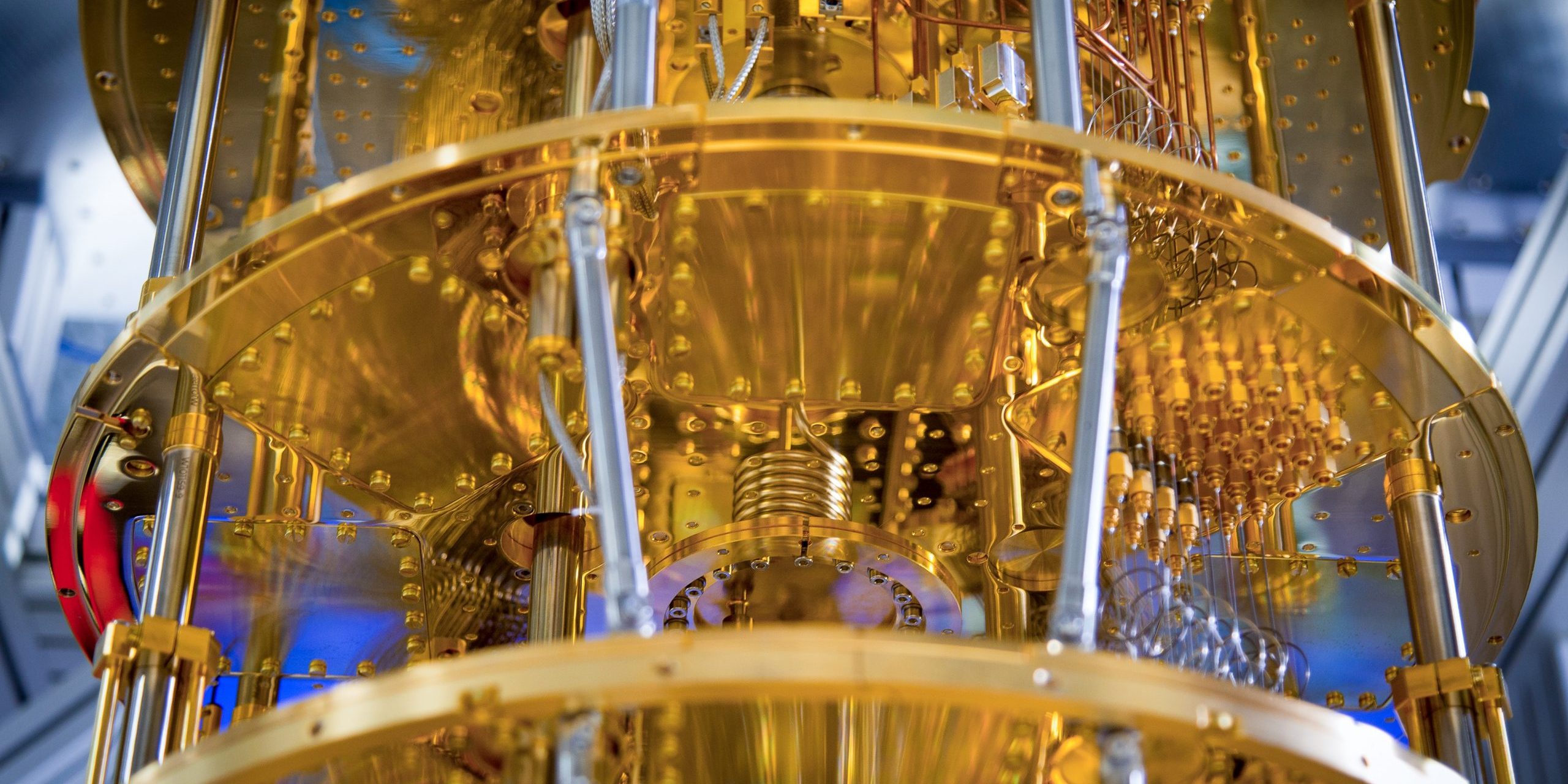Leveraging high-performance computing in satellite product development
ICEYE is a Finnish space sector company that operates SAR (synthetic aperture radar) satellites. Instead of using conventional cameras, satellite images are taken with microwave radars which enable imaging 24 hours a day, and in difficult weather conditions, including through thick cloud cover. ICEYE leverages the high-performance computing capabilities provided by CSC – IT Center for Science Ltd. to train neural networks specifically designed for automated analysis of satellite imagery.
Automation through machine learning
ICEYE operates a larger number of SAR satellites used for commercial purposes than any other individual operator in the world. The company uses satellite technology to detect and monitor natural disasters, for example. Utilizing satellites enables real-time monitoring of events such as hurricanes, floods, forest fires, and their resultant damage.
The areas to be monitored are sometimes extremely large: ”In Japan, for example, one half of the land area may be at flood hazard at the same time. Or when we study the progress of deforestation, we can observe an area of up to hundreds of thousands of square kilometers”, explains Tapio Friberg, Senior Machine Learning Engineer at ICEYE. Monitoring large areas based on satellite images is very labor intensive, which is why image interpretation must be automated to ensure efficiency and real-time monitoring.
To automate this procedure, machine learning-based neural networks are employed. In order for the neural networks to work as intended, they must be trained with large volumes of data, in this case with tens of thousands of satellite images. During the training, dozens or hundreds of tests are performed with the data before the model can be put to productive use. CSC, as the company’s partner, facilitates access to the substantial computing power and storage capacity needed for the effective training and testing of AI models.
We were able to send messages and questions to CSC, and CSC organized meetings and support. With the hands-on support, we got off to a good start.
Tapio Friberg, Senior Machine Learning Engineer at ICEYE
CSC provides support and flexible resources
For the product development of automated image interpretation, ICEYE utilizes the LUMI graphics processors, referred to as LUMI-G, as well as CSC’s user support. The training of machine learning algorithms takes several weeks, during which time it is important to have easy access to the data. Tapio Friberg says that the local data storage has been a particularly useful feature when working with CSC: ”I can keep the data safe until I have completed prototype cycles, which may sometimes take up to a week.” ICEYE employed the ALLAS object-storage service for handling its data.
As other positives of the collaboration, Friberg highlights the fast and flexible access to computing resources. Friberg finds that CSC’s support for the deployment of LUMI was also excellent: ”We were able to send messages and questions to CSC, and CSC organized meetings and support. With the hands-on support, we got off to a good start.”

The resources ICEYE uses at CSC
ICEYE uses LUMI-G, i.e. the graphics processors of the LUMI supercomputer operated by CSC, in its activities. In addition, ICEYE relies on CSC’s user support and the ALLAS storage service.
More about LUMI
Twenty per cent of Finland’s computing capacity on the LUMI supercomputer is reserved for businesses. Find out more about our services for businesses and the LUMI supercomputer. Thanks to LUMI’s low operating costs, organizations can develop novel solutions and make bold experiments.




